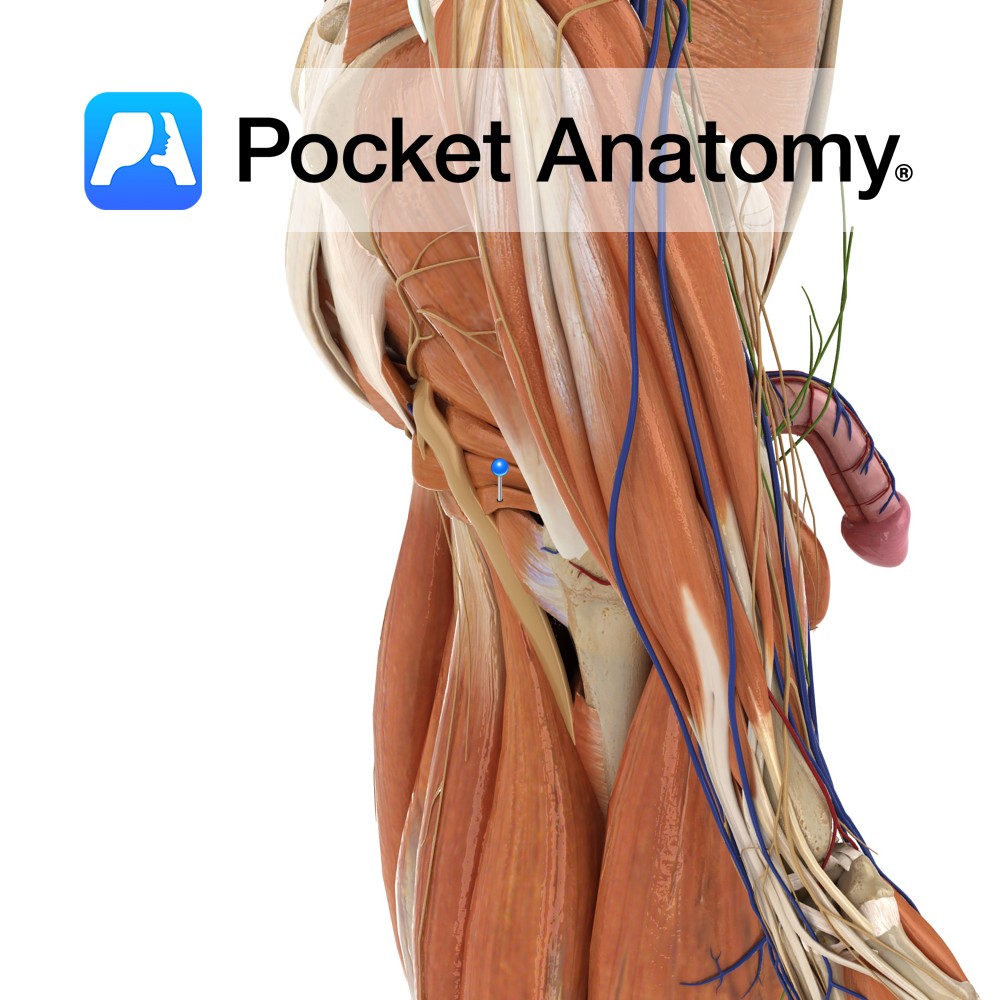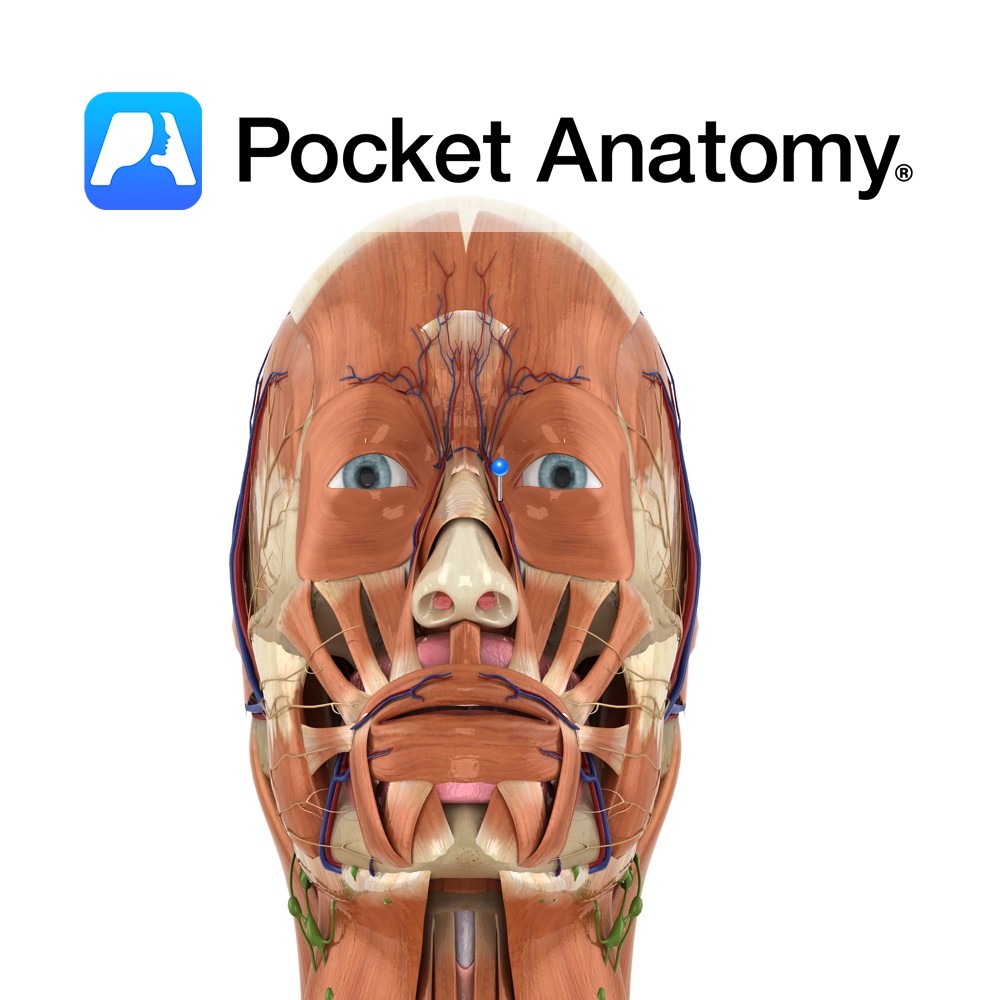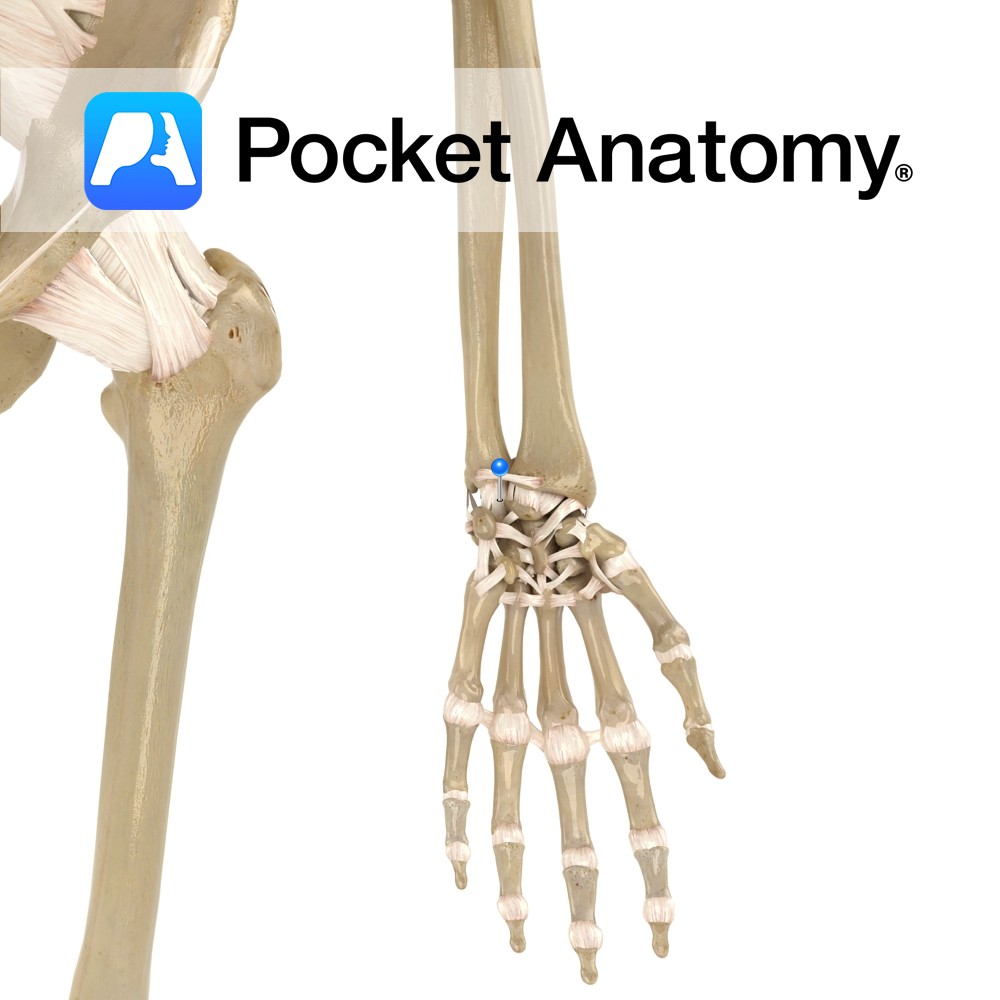Anatomy
The dura mater is the strong, thick, outermost layer of the meninges attached to the periosteum of the skull except where it runs long the skull base or is reflected along the skull vault. Venous sinuses run inside spaces within the dura mater created by separation of the dura mater from the periosteum at different points.
The dura mater has two great folds which assist in stabilising the brain by forming the falx cerebri and tentorium cerebelli respectively.
The dura mater overlying the supratentorial area is innervated by the trigeminal nerve. The infratentorial dural mater is innervated by the upper cervical nerve branches.
Functions
The brain and spinal cord are covered by protective and supportive membranous sheets known as the meninges. The meninges have a tough outer membrane which is known as the pachymeninges or dura mater, and the leptomeninges which comprises an arachnoid mater and pia mater.
Clinical
Meningitis refers to inflammation of the meninges. Meningitis may be acute or chronic, and may be inflammatory e.g. sarcoidosis, or infective e.g. bacterial meningitis.
Meningitis may cause headache, and if the meninges of the infratentorial compartment are inflamed there will be associated meningism i.e. neck stiffness and rigidity caused by reflex contraction of the nuchal muscles which are also supplied by the upper cervical nerves.
Epidural haematoma results from a tear of the middle meningeal artery and is usually a result of trauma (often associated with a temporal bone fracture). The bleed into the epidural space causes separation of the dura from the skull. The haematoma compresses the brain and may cause a life-threatening increase in the intracranial pressure, and which is considered a neurosurgical emergency.ÔøΩÔøΩÔøΩÔøΩÔøΩ
A subdural haematoma usually results from a tear of the bridging veins that cross the subdural space, and may be acute, subacute or chronic. The bleed into the subdural space causes separation of the dura and the arachnoid mater. The haematoma may also compress the brain and increase the intracranial pressure, which can be life threatening. Elderly patients are particularly vulnerable to subdural haematoma because brain atrophy results in stretching of the bridging veins across the subdural space. Infants are also susceptible to subdural haematomas due to the presence of thin walled bridging veins. Surgical removal of haematoma may be required in such circumstances.
Subarachnoid haemorrhage most commonly occurs spontaneously due to a rupture of an aneurysm or may occur due to trauma. A subarachnoid haemorrhage typically results in a sudden-onset severe headache, (termed ‘thunderclap headache’), and meningism.
Interested in taking our award-winning Pocket Anatomy app for a test drive?





